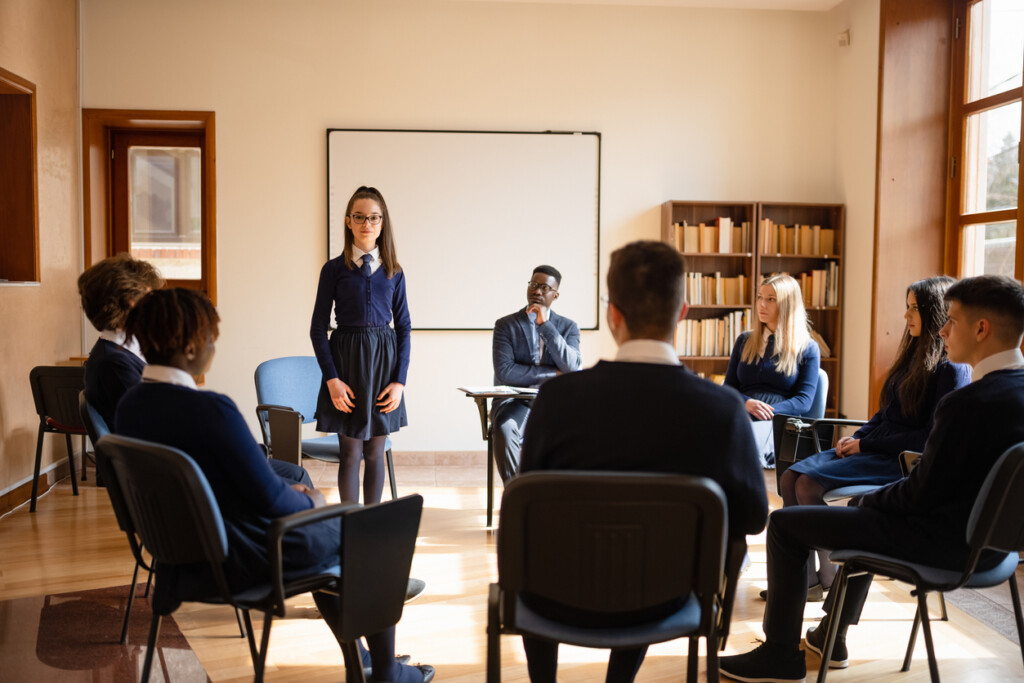
We work closely with facilitators and school staff to address any issues in delivering ReSET and customize our training. Our goal is to make sure facilitators have the right skills and knowledge to successfully implement ReSET in their school.
Below we are sharing some tips gathered from previous facilitators, including the skills they have developed and practically what is needed for the intervention.
- Session preparation: To get ready for the session, you need around 30 minutes. During this time, you can review the plan with your co-facilitator, set up the chairs in a circle, and have all the materials like folders and tablets ready for the young people. This helps ensure a smooth start to the session.
- Active listening: When young people are discussing a problem, focus on really listening and understanding what they’re saying. Instead of giving direct advice, think about what they’ve said and help them reach their own conclusions. This approach is especially useful when there are disagreements in group discussions. By guiding them to find solutions themselves, they can practice and improve the skills they’re learning in the intervention.
- Energy in the room: The energy levels of young people can vary based on the time of day and unexpected situations. When we bring enthusiasm and energy to the room, we motivate them to participate actively and make the most of the group sessions.
- Respect: In the school setting where the intervention takes place, young people might expect a regular classroom vibe. To create a respectful and inclusive atmosphere, facilitators should sit with the group. We emphasize respect through the group agreement, and it’s crucial to be mindful about when and how you share your own thoughts.
- Icebreakers: It is important to be mindful about the topics we introduce during icebreaker activities. Session 1 of the manual provides some ideas. Starting with an icebreaker in session 1 (and maybe in later sessions too, if it works) helps young people ease into the group session and creates a positive and lively atmosphere.
- Inclusivity: Inclusivity is important. Some young people may find it easier to speak up in the group, while others might not. To make everyone feel comfortable, we can offer non-verbal options like thumbs up. It’s also helpful to give extra time for thinking before answering and not rush to fill silences, as this encourages more responses and ensures everyone can participate.
- Cognitive training tasks: When doing tasks on the tablets, different young people finish at different times. To make it easier, you can ask those who are done to check their goals in the toolkits while they wait. This helps reduce pressure for those who need more time.
- Engagement: By allowing young people to support faciliators in activities (e.g. asking for someone to read a scenario to the group), we give them more autonomy which in turn gives them a sense of control and belonging. We also ask for feedback after sessions to learn where we can do better, making them feel even more connected to the group.
- Key phrases: To help young people understand and remember important ideas, use the ‘key phrases’ document from the facilitator channel or manual appendix. Getting familiar with these concepts and using clear and consistent language when explaining them will make it easier for them to grasp and remember the main points from the group discussions.
